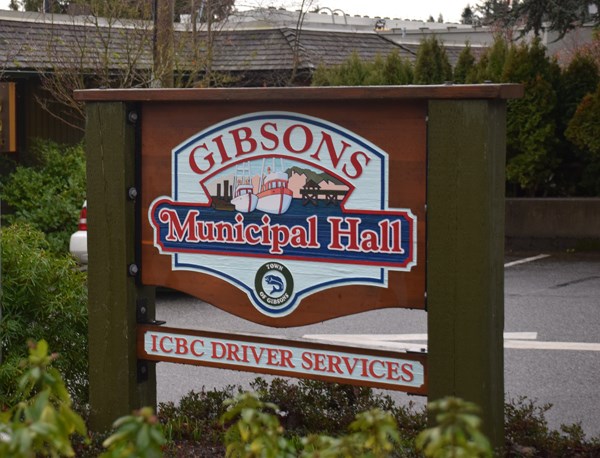It’s not there yet, but Gibsons council is closer to approving a sweeping housing strategy that could impact everything from secondary suites to zoning for new developments, design and density.
Councillors reviewed more detailed information for 20 action items based on the Housing Needs Report Implementation Framework, which followed last year’s regional housing needs assessment.
The actions in the strategy are organized around four goals:
• Facilitating the development of priority housing using plans, regulations and approvals.
• Investing in priority unit types and creating incentives to develop them.
• Working with community, advocating and forming partnerships.
• Supporting social equity.
Some actions are underway already, such as using housing agreements during rezoning and creating incentives to develop secondary suites for long-term rental.
While Matt Thomspon, who worked on the implementation framework, walked councillors through the strategy, he emphasized the importance of establishing a regional housing service as a long-term goal, calling it one of the few “high-impact” items.
“It’s one of the few things local governments may be able to do to really rebuild our local control over how these priority housing types are built, that go beyond facilitating development and regulating,” he said.
He noted much of the housing being discussed through the action items needs to be funded through capital investments and operating subsidies and financing from senior government, whereas a housing fund developed through taxation, even if it was focused solely on land acquisition, “could in and of itself [be] a game changer.”
Going this route would also free local government to move ahead with its own priorities, rather than be forced to comply with “relatively restrictive funding pools” that don’t always meet local criteria or needs, said Thompson.
He noted the Cowichan and Comox valleys both have recently established housing funds.
Coun. Aleria Ladwig was generally supportive of the strategy, but as with Coun. Annemarie DeAndrade, said it lacked structure. “Even though all these recommendations are listed, we’re not prioritizing what we can get done and when,” said Ladwig.
Mayor Bill Beamish said the draft could be brought back in the fall, but that some items could be addressed short-term – for example, moving ahead with a rule requiring new secondary or garden suites to be used for long-term rental for a specified time through covenants.
“That just makes good sense,” he said. “We shouldn’t have to wait until the whole report is adopted … to be able to implement some practical things.”
Coun. David Croal noted the short-term rental bylaw would influence many of the action items and asked that it be dealt with sooner than later.
“It’s leaving a lot of people dangling,” he said.
“I’d really like to see us iron out something… Bring the bylaw forward and put a caveat in it that it will be reviewed in six months.”
He also suggested a review of the OCP should dovetail with the strategy.
Staff suggested moving ahead with a workshop to establish priorities within the list of recommendations.
Council voted to endorse the strategy as a draft, and then follow up with a workshop to prioritize items.
They also voted for staff to bring the short-term rental bylaw back for consideration by September.
The draft strategy can be read here.



